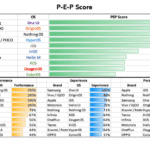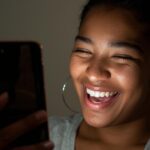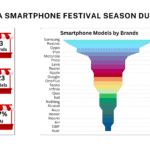With watch it becomes easy to monitor the parameters on the go and I am able to constantly improve on my walking style driven by data.
Suffering from a lower mobility disability, thanks to Apple Watch, I am able to get answer to my questions along with the data that helps me to measure and guide me on what I need to correct. So far, I was almost clueless what’s working for me and what’s not. I would keep on experimenting things, but it is impossible to think of keeping a mirror always in front of me so that I could see how these experiments are performing.
Since I started experiencing Apple Watch 9, I am using a GPS+Cellular variant, I was intrigued by the health monitoring features of the smartwatch. A lot many smartphone apps capture many health parameters. However, a smartwatch makes it much easier and more convenient to have round-the-clock monitoring including sleep, etc. Digging further on the health monitoring, I got interested in two parameters – Walking Asymmetry and Walking Steadiness. Walking asymmetry measures the speed of individual steps to analyse the symmetry or asymmetry in walking to define the walking pattern. Walking steadiness on the other hand checks the walking style and can give an indication about the chances of a potential fall. It simply tells how firm the walk is.
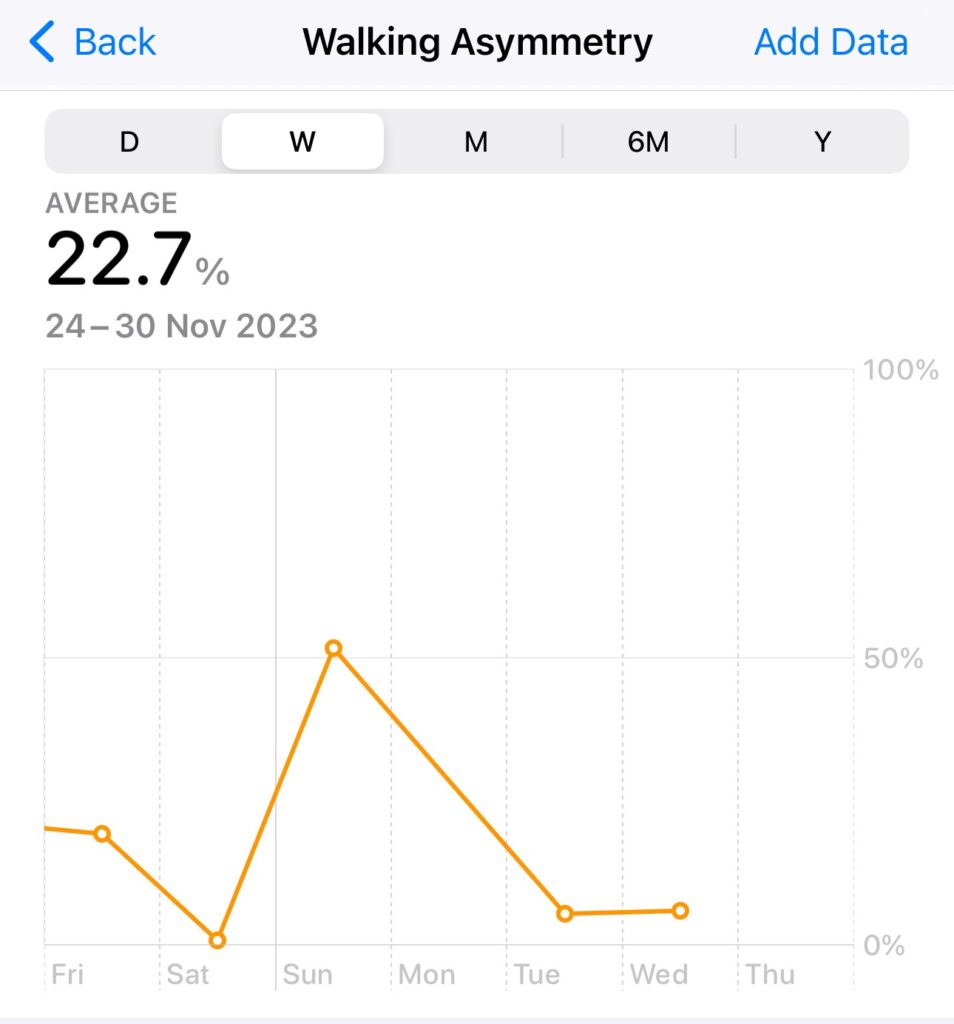
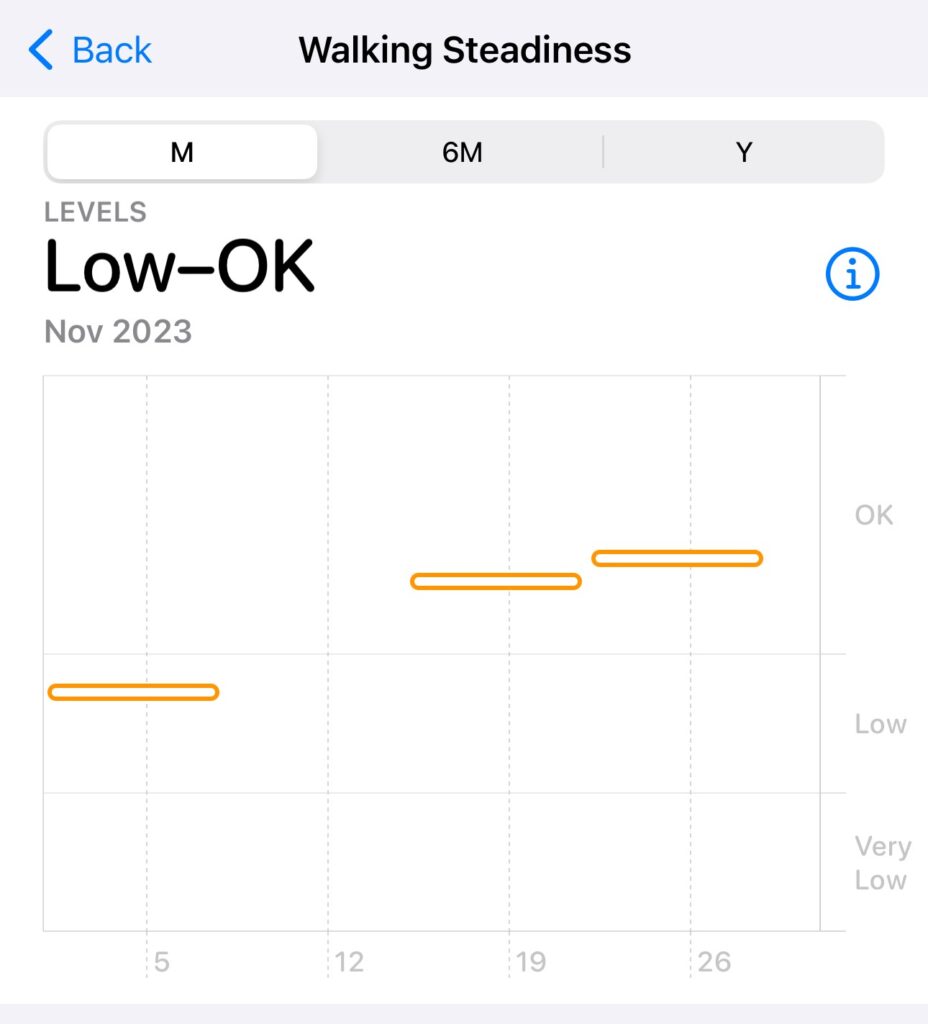
Above are the patterns of my walk basis the parameters of asymmetry and steadiness as captured by Apple Health app. The capture was made very simple, easy and natural with the use of Apple Watch 9. I had to simply keep walking, try different experiments in my walking style and notice the data patterns as populated on these charts. Now I had a full view of my walking style along with data points. I could now take decisions about how I can improve walking and minimise the risks of falling or hurting my legs further. I also know my goals now. I have to try to score near zero percentage on walking asymmetry and also move to OK zone of walking steadiness.
Apple Watch 9 together with its Health monitoring has removed an opaqueness I had about my disability. I see that the cane I am using while walking is working.
A recent paper published by Frontiers gives some interesting insights about the state of disability in India. What is worth nothing is that 44.7% of the respondents surveyed had locomotor disability, which is the most popular form of disability as per the study. Also, by 2050, India will have 323 million of its population aging 60 years and above. The study establishes a positive correlation between age and disability. Now this is a big problem to solve for the wearables industry. Obviously not everyone can afford and would have access to the Apple ecosystem. Even if 100% of the students in a recently done survey by us, want to remain with their Apple iPhone in their next purchase, the adoption of Apple products won’t massify to the scale that all disabled and population at high risk of disability, senior citizens will be using Apple products.
With GenAI now coming on to the device level, health monitoring can go further, and we will see deeper and more valuable health monitoring with wearables that will also go into predictive analysis. This is where the wearable industry targeting mass markets has to invest their time, money and efforts to find a viable solution making wearables much more meaningful and solving problems faced by millions of users and creating an invaluable impact. Though Apple has always preferred to create a closed loop ecosystem, may be for such use cases of social good, they may be open to collaborate and share their learnings and understanding with serious partners who can bring in similar applications to masses outside the Apple ecosystem.
For now, I would recommend to all those who can afford to buy an Apple Watch to get one, especially in the age group of 50-55 years and start monitoring your walking so that you may defer or stop any potential disability. Or if you can gift it to your parents, please do along with iPads which most of the children do for parents to consume content with ease.

